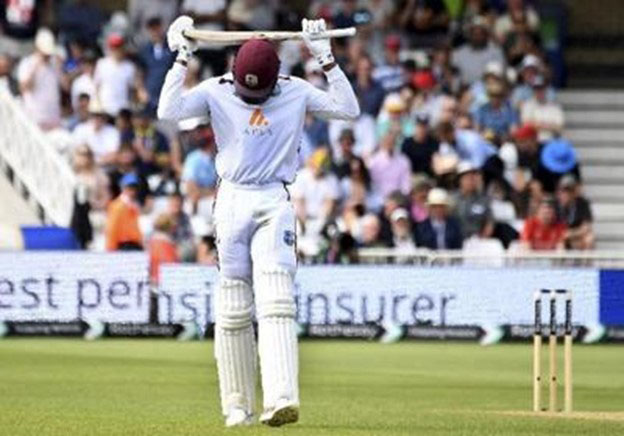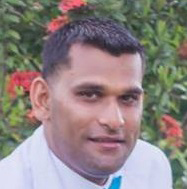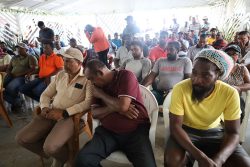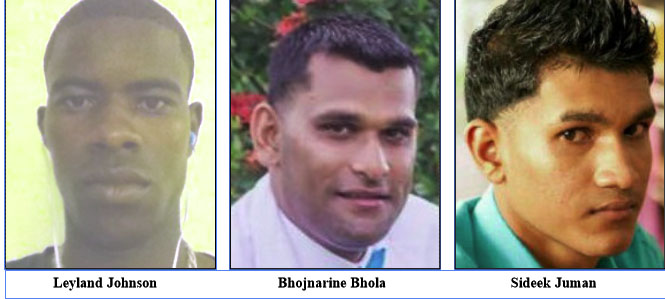(Trinidad Express) “West Indies earned the right to financial assistance with their capacity to draw crowds, and it’s criminal they’ve been allowed to languish.”
That statement from Ian Chappell caught my attention recently.
The former Australian captain of the 1970s earned a reputation as a hard-nosed competitor. So it speaks volumes for his respect for what West Indies cricket achieved in the past, that he would make such a statement in 2025 when cricket in the region continues to be in decline.
Arguably, it could be said West Indies cricket is in terminal decline.
Just to put things in perspective, this year will mark 30 since West Indies lost a Test series to Mark Taylor’s Australians and stopped being acknowledged as the best side in the world. That’s right, dear readers, 30 years!
There is now a generation of West Indians who have never known a Windies side that is considered the world’s best either in the Test match or One-Day arena, or even among the top three.
Could 30 years be considered a dip? A slump? Or is it something much more debilitating?
Chappell is right; West Indies cricket is languishing. But it is most interesting that he thinks that this region should have received financial assistance. His old friend and former rival, Sir Clive Lloyd has been blowing that trumpet in vain for many years now.
But in a world in which for many, greedy is very good, it is unsurprising that the world governing body ICC has given no meaningful help, or at least provided the means by which Cricket West Indies can both pay its bills and develop the game here.
Chappell’s assertion that the ICC doesn’t run cricket but is more of an event management committee made me chuckle. But that criticism of the hierarchy of world cricket has merit. However, the focus cannot be on the decision-makers from the “Big Three” – India, Australia and England alone.
Those who have run the business of the West Indies Cricket Board/Cricket West Indies for the past 30 years have questions to answer also.
It must be asked: Can 30 years of decline be blamed simply on a lack of money?
For instance, in the first ten years of that decline, there was no T20 franchise league to tempt the best players away from representing the West Indies. But think about how administrations in that period handled the tumultuous battles with the Players Association over remuneration and sponsorship deals.
It took quite some time for the West Indies Cricket Board to recognise the changing climate and acknowledge that players were not just to play and not be heard. But by the time the board’s attitude had changed, the T20 dollars had begun to flow and player power had become such, that the administrators, not having sowed seeds of goodwill in the past, struggled to contain what has become a runaway horse.
Those mis-ssteps have not helped the more player-friendly CWI cope with the independent operators that today’s West Indian cricketers have become.
But besides that, how many of the WICB/CWI’s initiatives over the years can be said to have improved the standard of cricket in the Caribbean?
The various fast-bowler, spin-bowler and batting camps have not noticeably improved the games of anyone. The argument may well be that financial constraints have prevented the necessary follow-up. But such programmes over the years have been so ad hoc, that if money was the problem, then why persist with that approach?
Then there is the issue of sponsorship. It has been noticeable the paucity of sponsors Cricket West Indies has been able to attract from within the region for its competitions over the last decade-plus, outside of the Super50 Cup with which CG United now assists,
In fact, CWI would have to get an F for the effort it has put into marketing the game regionally. And when one considers the highly unusual decision to give Digicel at the time, a 50-year contract to run the Caribbean Premier League, legitimate questions can be asked about whether WICB/CWI has managed its resources in the best possible manner.
Then there is the cricket itself.
Standards on the field have dropped markedly in the regional four-day competition over the last three decades. The franchise system, designed to professionalise the game, was introduced under Dave Cameron in 2014. It has now been in existence for over a decade. But one can argue that the standard of batsmanship in the region is now at its lowest ebb.
Just Monday, CWI rolled out its new system of Talent IDs and scouts to assist with discovering players and developing data on them. But how exactly will identifying talent translate into improving that “talent?” Why have the coaching personnel in the franchises not been able to significantly lift the standard of the players they now work with? And how much attention really has been given across the islands to instilling the basics of technique and approach to the game in cricketers in their early teens?
Why is it that players with ability like Alick Athanaze and Mikyle Louis are still having to learn their trade on the job at the highest level?
For 30 years, cricketers of their ilk and better have been passing through the Windies system with unsatisfactory results.
It would be simplistic and frankly disingenuous for Cricket West Indies to blame a stingy ICC for that.
It would be great for new CEO Chris Dehring or Director of Cricket Miles Bascombe to explain what would be done with an extra US$5 or 10 million annually that would actually improve the CRICKET.
The older ones among us know about making the best of what you have – making lemonade from the lemons they have been given.
That is what regional cricket administrators have not done.
It’s more than time that CWI adapts its methods to suit its circumstances.










